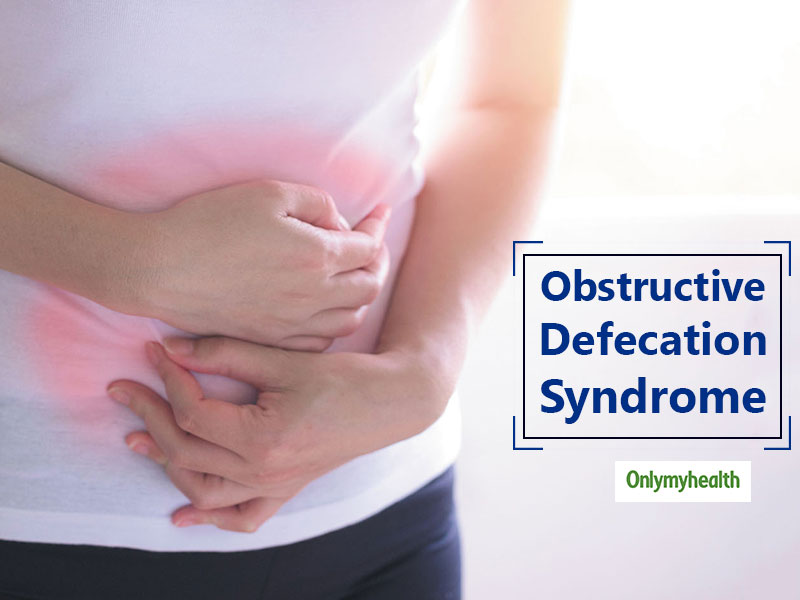
Do you tend to pass hard stools? Or strain excessively while passing stool? It may not be constipation, instead, you must be suffering from a condition called obstructive defecation syndrome. Yes, you have heard us here! Here, we brief you about this condition. Obstructive defecation syndrome (ODS) can be termed as the inability to pass stool through the digestive tract out of the rectum.
Table of Content:-
Here, we explain to you the difference between obstructive defecation syndrome and constipation.
Decoding the connection between Obstructive defecation syndrome and constipation

Tons of research suggests that obstructive defecation syndrome (ODS) is one of the main causes of primary constipation. Constipation has a high prevalence in the general population and is a cause for significant morbidity. The ones who have the problem of chronic constipation may be at the risk of obstructed defecation. Constipation caused owing to the obstructed defecation is of two basic types:
- Functional
- Mechanical
Also Read: Tips To Handle A Panic Attack In Office

Below are the symptoms of obstructive defecation syndrome
Are you aware? The most common symptom of obstructive defecation is the feeling of more stools remaining in the rectum after attempting to pass stool. Furthermore, the other symptoms may include:
- straining to empty
- passing hard stools
- excessive or prolonged straining while passing stool
- routine usage of laxatives or enemas
- prolonged or unsuccessful efforts to evacuate a motion
- long hours spent in the bathroom
- a sensation of incomplete emptying or difficulty wiping clean
Also Read: Here’s Some Lesser Known Facts About Hypercholesterolemia
The diagnosis
- According to a study published the Indian Journal of Radiology and Imaging in 2015, various modalities have been used for the evaluation of ODS.These include fluoroscopic defecography and MRD. MRD can be performed in open magnets in a sitting position or closed tunnel magnets in a supine position. The MRD is performed, and no prior colon preparation is necessary.
- Three hundred milliliters of ultrasound jelly is instilled in the patient's rectum using the rectal tube in the left lateral decubitus position. The patient is then made to lie down in the supine position on the MR machine gantry and imaging is performed using an 8-channel pelvic phased-array coil. All patients undergo colonoscopy before the MRD to exclude other colonic pathologies like colon neoplasms and polyps.

The dangerous symptoms of large intestinal cancer like:
- alternate constipation
- diarrhea
- weight loss
- mucus in stool
- family history of large intestinal cancer
The treatment for obstructive defecation syndrome
- Various treatment options are available for patients with ODS and imaging plays a very important role in deciding the optimal treatment strategy for a particular patient.
- If imaging does not reveal significant structural abnormalities, then the patient is offered conservative treatment like diet and lifestyle modifications and biofeedback therapy.
- You will be advised to opt for a healthy and well-balanced diet along with staying hydrated and drinking a lot of water.
- You must also see to it that you include fiber-rich foods in your diet to regulate your bowel movements.
(Inputs by Dr. Roy Patankar, leading Gastroenterologist & Director of Zen Hospital)
Read More on Other Diseases
How we keep this article up to date:
We work with experts and keep a close eye on the latest in health and wellness. Whenever there is a new research or helpful information, we update our articles with accurate and useful advice.
Current Version
